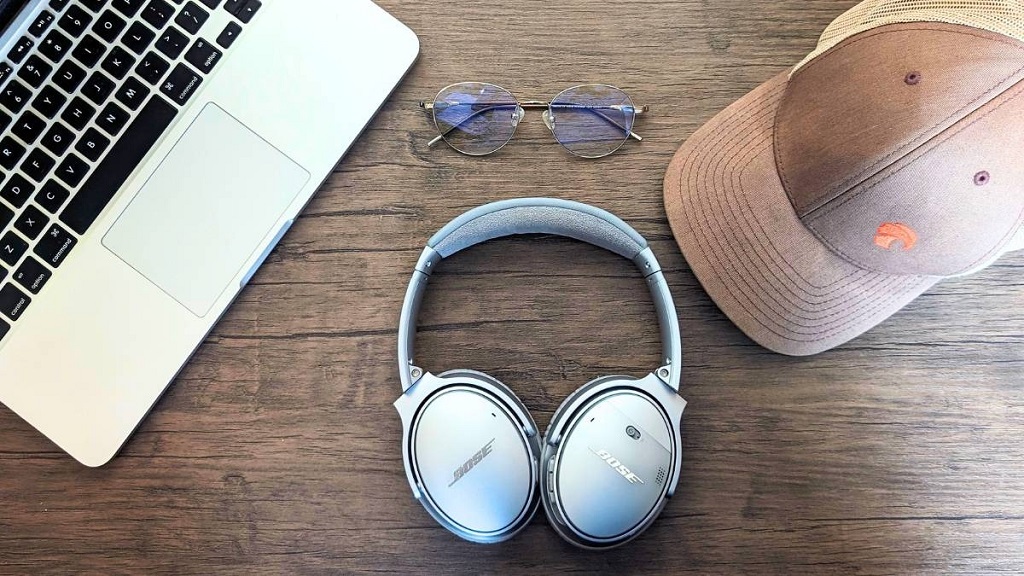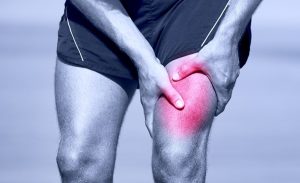Headsets play a vital role in ensuring smooth steering and stable control for bicycles, whether you’re coasting through city streets or blazing trails on mountain paths. However, many cyclists overlook the importance of monitoring and maintaining their headset, leading to premature wear and reduced performance. Identifying headset wear early and taking steps to prevent it can save you from costly repairs and frustrating rides.
In this article, we’ll explore common causes of headset wear, how to spot the signs, and actionable solutions for keeping your bike in top shape. For adventure lovers, check out Outdoorxsports for a deeper dive into biking essentials and other outdoor gear.
What Is Headset Wear?

The headset is a small but crucial component located at the front of your bicycle frame. It connects the fork to the bike’s frame, allowing for smooth rotation of the handlebars and precise steering. Over time, the repetitive forces exerted on the headset, coupled with environmental factors, can cause wear and tear.
Headset wear manifests in various ways, from wobbly steering to grinding sensations, and if left unchecked, it can affect not just the bike’s performance but also your safety.
The Importance of Identifying Headset Wear
Failing to address headset wear can lead to:
- Reduced Steering Control: A worn-out headset makes it harder to maintain precise control, increasing the risk of accidents.
- Damage to Other Components: Misalignment caused by a damaged headset can transfer stress to other parts of the bike, like the frame or fork.
- Costly Repairs: Neglecting maintenance can result in more extensive damage that’s expensive to fix.
Identifying headset wear early is critical for maintaining performance, extending the life of your bike, and ensuring a safe ride.
Common Causes of Headset Wear
Understanding what contributes to headset wear can help you implement preventive measures.
- Poor Installation
Improperly installed headsets, whether over-tightened or loose, are a major cause of wear. Even a slight misalignment can put uneven stress on the bearings and cups. - Exposure to Dirt and Water
Dust, dirt, and water can infiltrate the headset, corroding the metal parts and reducing lubrication. This is particularly common in mountain biking or wet climates. - Lack of Maintenance
Over time, bearings lose their grease, and components may rust or degrade if not cleaned and lubricated regularly. - Aggressive Riding
High-impact riding, such as jumping or navigating rocky trails, can accelerate wear due to the added strain on the headset. - Poor Quality Components
Cheaper headsets may use inferior materials or designs that fail to withstand regular use, especially for more demanding riders.
Spotting the Signs of Headset Wear
Regularly inspecting your bike for these symptoms can help you detect headset issues early:
- Loose or Wobbly Handlebars: If your handlebars feel unstable, it could indicate loose bearings or worn components.
- Clicking or Grinding Noises: Unusual sounds during steering or braking may point to dirt in the headset or damaged bearings.
- Stiff Steering: Difficulty turning the handlebars suggests the bearings are too tight or improperly lubricated.
- Visible Corrosion: Rust or discoloration around the headset indicates exposure to moisture and insufficient maintenance.
- Misaligned Front Wheel: A crooked front wheel that doesn’t track straight is often a result of a worn headset.
Preventing Headset Wear
Prevention is always better than cure. Here are practical steps to prolong the life of your bike’s headset.
- Invest in Quality Components
When choosing a bike, opt for trusted brands and high-quality components. For example, giant boulder bicycles are known for their durable construction, making them an excellent choice for avid riders. - Regular Cleaning and Lubrication
After rides, particularly in wet or dusty conditions, clean your headset with a damp cloth. Lubricate the bearings to ensure smooth rotation and prevent rust. - Inspect Your Bike Often
Check for loose bolts, unusual noises, and visible signs of wear every few weeks. Early detection can prevent minor issues from escalating. - Protect Against the Elements
If you frequently ride in harsh weather, consider installing a seal or cover for the headset to keep dirt and water at bay. - Use the Correct Tools and Torque Settings
When making adjustments or installing a new headset, always follow manufacturer guidelines. Using the wrong torque setting can lead to over-tightening, which damages the bearings.
Step-by-Step Guide: Replacing a Worn Headset
If your headset shows significant wear, replacement may be necessary. Follow these steps to replace it safely:
Tools You’ll Need:
- Allen wrenches
- Headset press or mallet
- Grease
- Replacement headset
Process:
- Remove the handlebars and fork from the bike frame.
- Carefully take out the old headset components.
- Clean the headset area, ensuring no dirt or residue remains.
- Apply grease to the bearings and cups before installing the new headset.
- Reassemble the fork and handlebars, tightening bolts to the recommended torque setting.
Replacing a headset can be challenging for beginners, so consult a professional if you’re unsure.
When to Seek Professional Help
While regular maintenance can be handled at home, there are times when expert assistance is essential. If you’re dealing with persistent issues, such as misalignment or recurring damage, a professional tune-up may save you time and effort.
Read More Also: The Ultimate Guide to Guitar Capo Chart
FAQs
How often should I check my bike’s headset?
It’s advisable to inspect your headset every two to three months, or more frequently if you ride in extreme conditions.
Can headset wear affect my bike’s frame?
Yes, prolonged neglect of a damaged headset can transfer stress to the bike frame, potentially causing cracks or other issues.
What’s the lifespan of a headset?
The lifespan varies depending on the quality of the headset and riding conditions, but a well-maintained headset can last several years.
Are there any tools that simplify headset maintenance?
Yes, tools like a torque wrench and bearing press can help ensure precise adjustments and reduce the risk of damage during maintenance.
Is it worth upgrading my headset?
Upgrading to a higher-quality headset is often worth the investment, especially if you’re an avid cyclist who values performance and durability.
What type of grease should I use for my headset?
Use a high-quality, waterproof grease specifically designed for bicycles to protect against corrosion and ensure smooth operation.
Conclusion
Maintaining a well-functioning headset is crucial for a safe and enjoyable cycling experience. By understanding the causes and signs of headset wear, and implementing preventive measures, you can significantly extend the lifespan of your bike’s components. Whether you’re riding for leisure or pushing the limits on rugged trails, consistent care ensures your bike remains a reliable companion.










+ There are no comments
Add yours